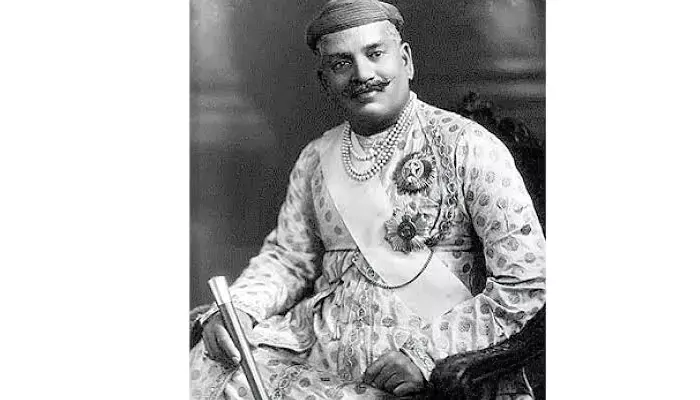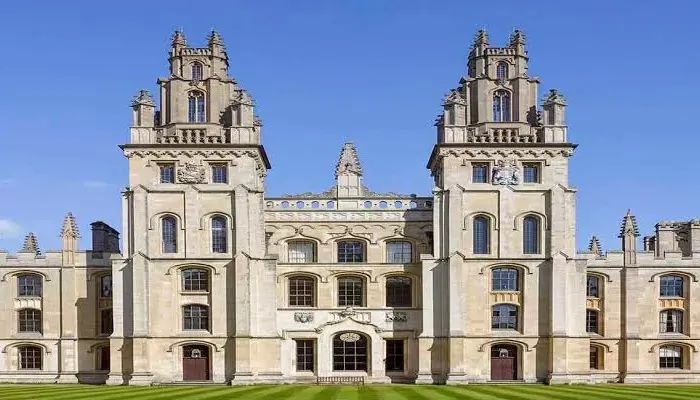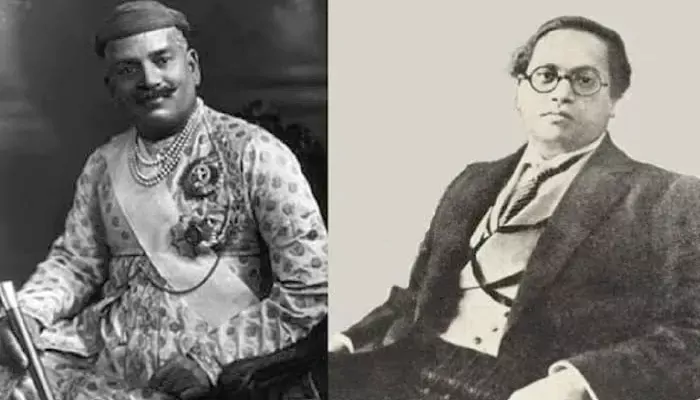
He funded brains, not battles – and got buried in footnotes!
What comes into your mind when you hear the word ‘Oxford University’? The grand stone halls, tweed jackets, and scholarly debates - but here’s a twist the history books rarely highlight: one of university’s most iconic buildings was funded not by a British aristocrat, but by an Indian maharaja!
Yes, you read that right!
In an age when colonial powers drained India’s resources, one Indian royal turned the tide—by giving for the betterment of the society. Meet Maharaja Sayajirao Gaekwad III of Baroda, a visionary ruler with a love for books bigger than his jewel collection.
Sayajirao Gaekwad III wasn’t a stereotypical ruler. While others were splurging on elephant processions and golden palaces, he had his sights set on education and social reform. He built libraries, introduced compulsory primary education, and offered scholarships for Indian students to study abroad—including at Oxford.
But his most iconic act of philanthropy?
He bankrolled the construction of Oxford’s Indian Institute—a building dedicated to Indian studies. His vision was to promote Indian culture, history, and language on foreign soil. He donated a whopping £40,000 (roughly ₹40 crore in today’s valuation).

You’d expect his name to be etched in gold plate somewhere on the walls, right? Wrong.
Despite his generosity, the Indian Institute building was soon absorbed by Oxford's Balliol College, and any tribute to the Maharaja’s contribution was quietly sidelined. His donation helped British academia to flourish initially—but the credit disappeared eventually into colonial convenience.
Imagine funding an entire building, and then not even getting a plaque. Harsh!
Sayajirao Gaekwad III always believed education was the greatest form of empowerment. He wasn’t only thinking about own image or contribution; he was thinking about the future of Indians on a global platform. And while his fellow royals were throwing pearls into the Ganges river, this maharaja was throwing scholarships into the system.
Truly, a royal rebel with a cause, if there ever was one!

Sayajirao’s protégé was none other than B.R. Ambedkar, the architect of India’s Constitution. He funded Ambedkar’s early education!
The Baroda State Library he built had over 1 million books, making it one of the largest in Asia at that time.
He was also the founder of Bank of Baroda.
He introduced free compulsory primary education in Baroda in 1906—a policy modern India fully adopted decades later.
The stories and contribution of Maharaja Sayajirao Gaekwad III is a reminder that Indian royalty wasn’t just about ivory thrones. Some of them were savagely progressive, quietly shaping the intellectual landscape.
Maharaja Sayajirao Gaekwad III was the OG change-maker in pre independence era, who invested in knowledge, empowerment, and social reform without expecting applause.
He may not have a webseries or movie yet, but he left behind something far more powerful; a legacy of vision, courage, and quiet revolution.